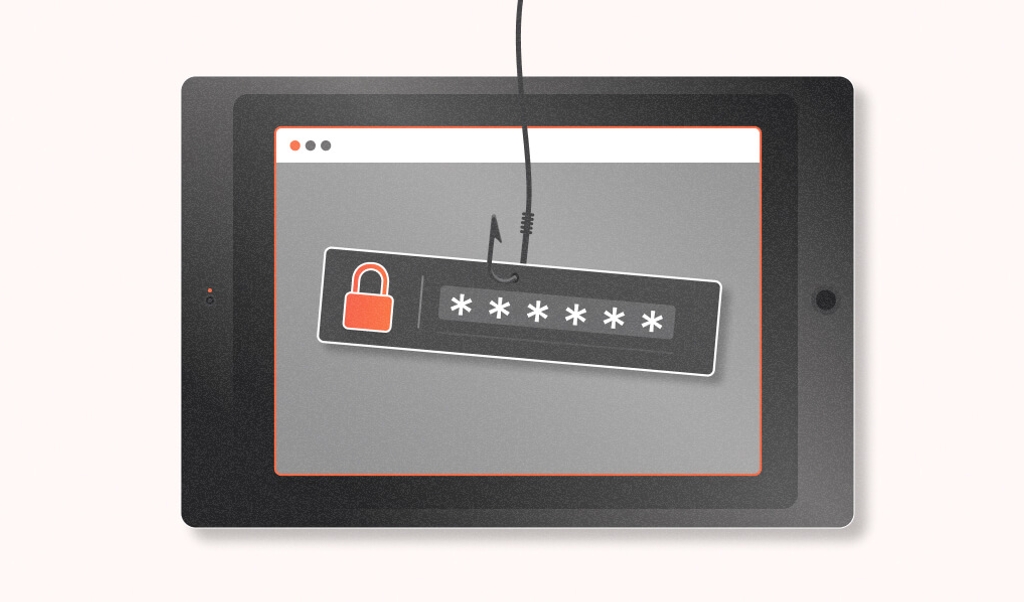
Insurers have been dealing with the challenge of insurance fraud for centuries. As technology advances, so too does fraudulent activity, leaving insurers continuously struggling to protect their financial interests. Fraudsters no longer need to operate on a local level but can span across multiple geographical areas without leaving their home. To stop online insurance fraud before it becomes a costly liability, organizations can use detection and prevention techniques on their online applications to reduce the risk of monetary loss.
The cost of online insurance fraud
Like many industries, insurance companies saw a rise in fraudulent activity during the COVID-19 pandemic lockdowns. However, insurance companies saw one of the biggest spikes of over 600% in phishing scams. To put it into monetary terms, insurance companies have suffered over $80 billion in losses annually since 2012 due to fraud.
Phishing scams have been specifically built to target insurance companies for the massive data they store. Fraudsters can earn an eight-figure payout for just one data breach against a large insurance company, and it only takes one employee mistake to make that payout happen. It's why phishing is such a common method of attack for cyber-criminals.
Fraud doesn't only affect insurance company revenue. The monetary loss is passed on to their insured customers. The Federal Bureau of Investigations (FBI) estimates that the cost of insurance fraud increases premiums for individuals between $400 and $700 per year. The trickle-down effect hits everyone, so it's more important than ever for insurance companies to protect their interests and customers.
What is online insurance fraud?
Cyber-criminals engage in online insurance fraud by submitting applications with fabricated data or creating multiple accounts to "double dip" on fraudulent claims. These methods can be validated using human reviews, but this strategy leaves insurance companies open to human error and adds unnecessary overhead to the application process.
Identity fraud
Fraudsters use identity fraud to create multiple insurance accounts with synthetic information and stolen equipment, allowing them to double-dip an account for financial gains.
An excellent example of online insurance fraud can be seen in the smartphone industry. Insurance companies offer insurance for expensive smartphones and other electronics, and many provide applications online for users to create new policies conveniently. In organized cyber-criminal groups, members apply multiple times using stolen products or stolen serial numbers. The applicant information might be stolen identities so that cyber-criminals can create multiple accounts with synthetic information and stolen equipment.
Cyber-criminals then file claims on stolen devices and collect money using multiple accounts and devices. They can wipe devices and file new claims with other insurance companies to perform the same fraudulent methods again, making money on multiple claims on the same devices. Electronic devices are just one product that can be used in online insurance fraud, and it's difficult for insurance companies to detect when real identities and serial numbers are used.
Account takeover
Another common strategy for cyber-criminals is account takeover. Usually, an account takeover happens from a successful phishing attempt or when a data breach exposes user credentials across multiple platforms. A cyber-criminal uses a real user account to open policies and then uses these policies to make fraudulent claims on stolen products.
Some insurance companies do business online, making it even more challenging to detect and stop fraud. Depending solely on human reviewers requires massive manpower, so using the right tools on insurance applications and online forms saves money and staff overhead, and reduces the risk of fraud.
Common types of insurance fraud
Insurance fraud typically comes in two forms: exaggerated or fabricated claims. It's crucial for businesses to understand the most common types of insurance fraud so they can identify which security solutions are needed at a local level before dealing with online insurance fraud at a global level.
Exaggerated claims
Exaggerated claims are usually made by individuals who are actual policyholders. The policyholders may have been insured for years before they attempt exaggerated claims. In exaggerated fraud, policyholders lie about the extent of damages and receive overpayment for an event. Most insurance companies have processes in place to detect exaggerated claims, including adjusters who investigate incidents and validate claims.
Fabricated claims fraud
Fabricated claims fraud works a bit differently than exaggerated claims. In a fabricated claim, individuals stage events, make false claims or use their information to get policies on other people. As with exaggerated claims, insurance companies have several safeguards in place to detect and stop fraudulent policies.
Using device identification to fight online insurance fraud
The key to a successful online fraud defense is detecting fraudulent applications, compromised accounts, multiple accounts, and automated fraud. Device fingerprinting is the process of identifying unique and anonymous users through their software and hardware, assigning each user with an identification code, and then using machine learning to detect suspicious behavior. Device fingerprinting offers insurers an unprecedented level of security from online insurance fraud.
Fingerprint's device identification identifies returning users with industry-leading accuracy, enabling insurers to vigilantly protect against malicious users and bots. By assigning each user a unique VisitorID, insurers can detect irregularities in visitor patterns that may pose a risk - giving them the assurance of a secure platform by flagging and blocklisting malicious users.
With device fingerprinting, online insurance providers can prevent online insurance fraud and focus on providing support to their customers without the risk of online insurance fraud.



